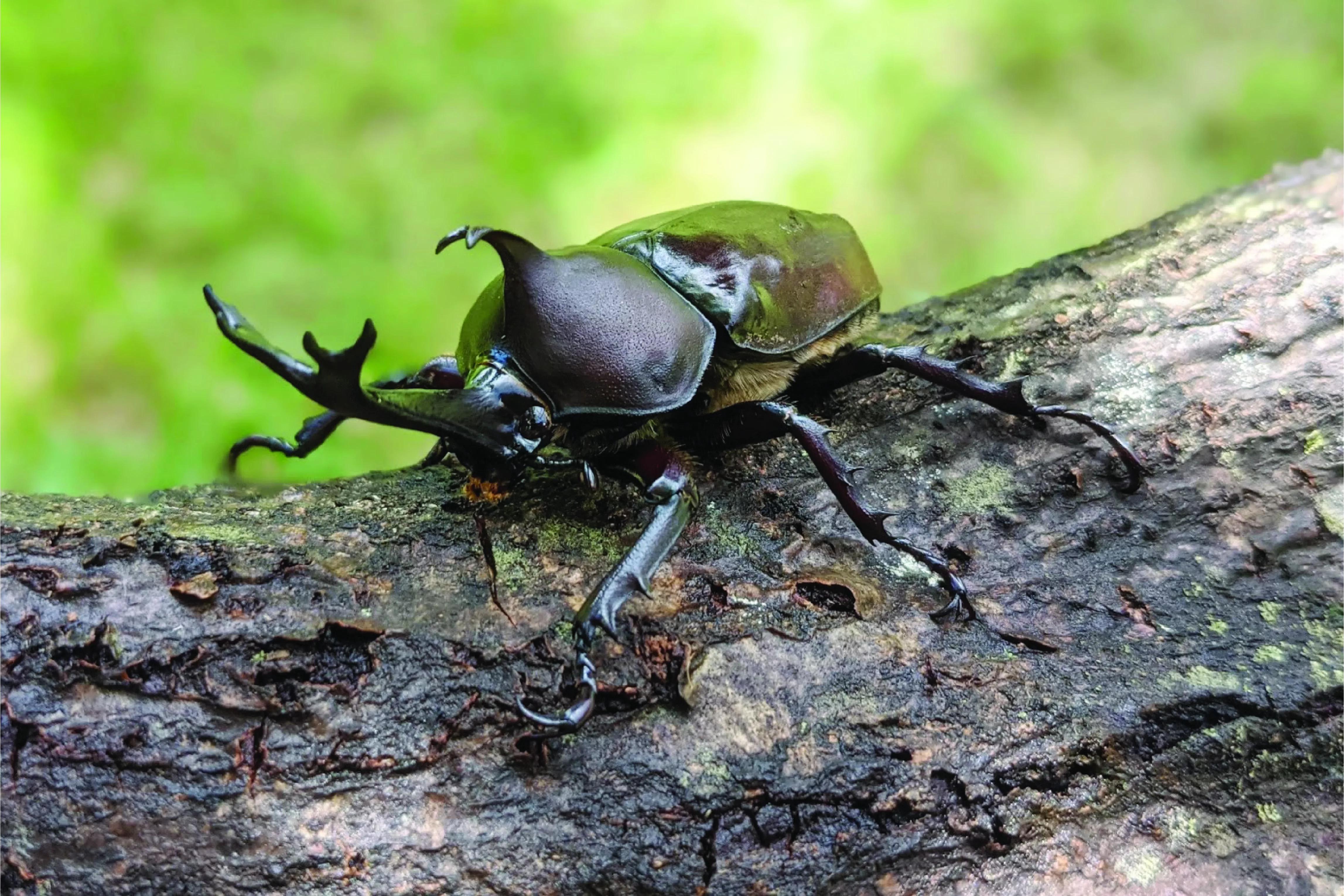Seafood Lovers, You're Eating Arthropods!

When you enjoy succulent shrimp or a platter of crabs, you are indeed savoring arthropods, the invertebrates which include insects, arachnids, myriapods, and crustaceans. For many, the idea of munching on insects might cause a shudder, but around the globe, a multitude of cultures appeal to their delectable and nutritional merits.
The Bug Mac: Delicacies or Staples?
Such 'bugs' are not just accidentally swallowed but are actively sought after for their rich source of sustenance. In comparison to lean beef, insects are equally protein-packed and bring a variety of minerals and some vitamins to the table, particularly in regions where other animal proteins are scarce or unaffordable.
Unwittingly Feasting on Insects
It's an inconvenient truth for the squeamish: processed foods, from bread to ketchup, contain trace amounts of insects. Manufacturing processes cannot exclude these tiny critters entirely; food safety regulations merely set limits on acceptable levels.
Red About It: Cochineal's Secret
Even your red-tinted treats and garments might owe their vibrancy to cochineal, a dye derived from the crushed bodies of scale insects. It's a widespread ingredient, so you may want to scrutinize labels if you prefer your diet insect-free.
The Ecological Footprint of Arthropod Protein

Raising insects for protein not only demands less land but also has a lesser environmental impact compared to traditional livestock. Insect farming could pose a sustainable solution to meet the protein needs of a burgeoning global population.
Exotic Entomophagy
From caterpillars and moths to termites and grasshoppers, regions around the world showcase insects as a vital food source. These creatures offer essential nutrients, and inventive culinary practices have turned them into palatable dishes.
Butterflies, Moths, and Caterpillars
Australian aboriginals harvest the nutritious Witchetty Grub, while Africans savor Mopani worms and silkworm moth pupae are popular in East Asia. Countries like Zaire and Australia indulge in different caterpillar varieties, considering them to be both a feast and a remedy for malnutrition.
Termites: A Crunchy Delight
In Africa, emergent termites signal a time of feast after a period of scarceness. Collected actively, they are prepared in a medley of ways and are a significant element of the local diet, sometimes even shaping inheritance customs.
Grasshoppers to Beetles: A Large Spectrum of Taste

Eaten across the world from the Americas to Africa and Asia, grasshoppers and locusts contribute as much protein as conventional meats to local diets. Other insects on the menu include crickets, cicadas, and nutritious beetle larvae, relished in many different forms.
From Water Bugs to Bees: A Gourmet Adventure
Thailand's street stalls offer deep-fried water bugs and in many cultures, bees beyond producing honey are consumed in various stages of their lifecycle. Innovations include ants prepared in creative ways and wasps which have the highest protein content amongst edible insects.
Arthropods Inside Out
Diving deeper into the world of arthropods reveals their fascinating biology and the secret behind their exoskeleton which plays a critical role in their ecological success.
The Lifecycle and Metamorphosis
Understanding the different types of metamorphosis highlights the adaptability and resilience of arthropods, enabling them to thrive across varied environments.
Arthropods: From Annoyance to Necessity
While some arthropods are despised, many perform critical duties in ecosystems. The beneficial roles they play often go unrecognized in the shadow of the harm some species can inflict.
Conclusion: Embrace the Buzz of Eating Bugs
As the world shifts toward sustainable living, entomophagy offers a viable option. Whether used directly for human consumption or as animal feed, insects could be the key to future food security. For the adventurous gourmand, this might just be the dawn of a new culinary trend with old roots and modern necessity.